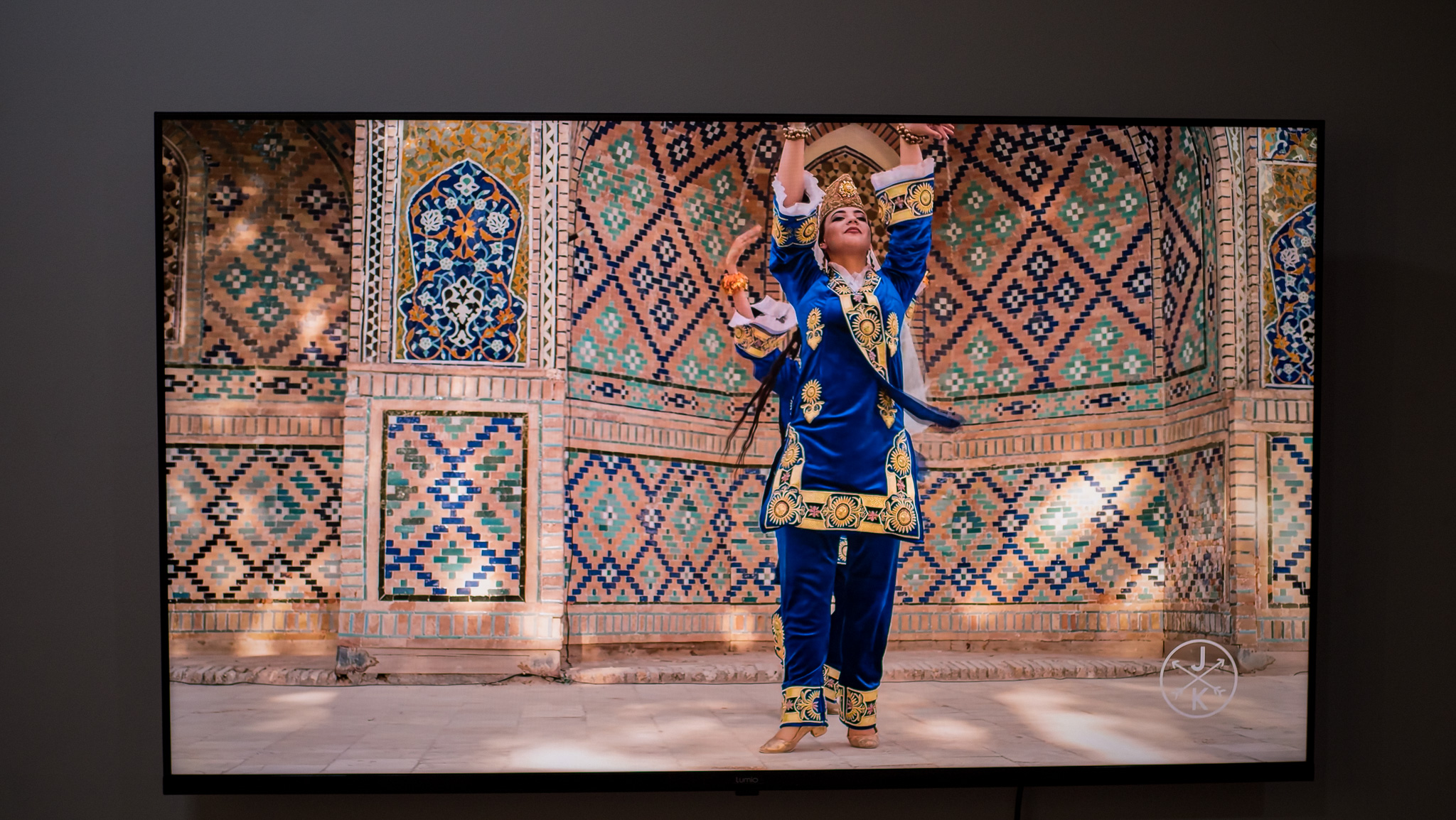Google TV sucks — Indian brand Lumio is aiming to change that

I dislike Google TV with a passion; Google took a clean Android TV interface and riddled it with ads and unwanted recommendations. That’s why I still use the Shield TV Pro — it’s the one Android TV box that actually does a good job, and doesn’t automatically lag if you use the TV for more than a few minutes.
Regardless of whether it’s high-end projectors like the XGIMI Aura 2 or budget TVs, Google TV just doesn’t feel great to use. Indian brand Lumio is looking to change that with the debut of its TVs; the brand rolled out the QLED Vision 7 and the Mini-LED Vision 9 in the country earlier this month, and both models have plenty of differentiated features.
But what I like the most about Lumio is the software; it’s still using Google TV, but the brand outfitted all of its TVs — even the base model — with 3GB of DDR4 memory, and it made several tweaks to the interface to make it fluid. The result is the only TV I’ve ever used that doesn’t feel slow; Lumio is calling its products the fastest TVs in India, and that is actually true.

Lumio says that its TVs will continue to be fast even after several years, and that’s something I will put to the test. While Lumio itself is a new entity, it consists of Xiaomi India veterans, and it’s clear that the brand knows what it’s doing in this category — and has the requisite manufacturing contacts and after-sales network to go up against established manufacturers.
In fact, Lumio’s TVs are manufactured at Dixon — the same as Xiaomi. What’s great to see is that there’s a standard two-year warranty on all of Lumio’s TVs, and the brand established an after-sales network in the country.

I can’t talk much about the quality of the hardware as I was sent a pre-production unit for testing, but the picture quality itself is among the best in its segment. The Vision 9 in particular is a good choice, going up to 550 nits in regular use and 900 nits with HDR content. It handles Dolby Vision and HDR content well, and it has a dedicated quantum dot layer with 2,000 mini LEDs housed inside the panel.

Lumio did a decent job with its image engine, and colors are calibrated out of the box. Sound quality is pretty decent as well, and Lumio managed to deliver a clean sound that doesn’t distort even at high volumes. The Vision 7 is a great value, delivering 400 nits and a dedicated quantum dot layer. Clearly, Lumio is aiming to differentiate its devices with the picture quality, and being a new brand taking on much bigger rivals like Xiaomi, it needed to do that.

The TVs get HDMI 2.1 ports as standard too, but the key omission is variable refresh — they’re locked to 60Hz. That’s annoying as the rest of the hardware is quite decent, and Lumio says it is targeting a mainstream audience with the Vision 7 and Vision 9, so it didn’t include VRR. That’s also the reason why the Vision 9 is only available in a 55-inch variant, with the Vision 7 retailing in 43 inch, 50 inch, and 55 inches.

It’s entirely likely we’ll get a 65-inch model down the line with VRR, but at launch, the size is limited to 55 inches. That isn’t much of a downside considering the intended audience, and honestly, Lumio did a good job with the basics. On that note, the brand’s TVs are powered by a quad-core silicon that uses Cortex A75 cores, and it gets AV1 decode as standard — a necessity these days.

Now, the biggest differentiator with Lumio’s TVs is the software; the Google TV interface is much better to use than just about any other TV I used, and that’s no exaggeration. I use Xiaomi’s 75-inch Mi QLED TV 75 in my living room, and it has been a constant source of frustration. It regularly freezes with the most mundane of tasks — powering on and switching sources to the Shield TV Pro — and I have to cold reset the TV every other day.

The Android TV interface on that TV is so slow that it just doesn’t make sense to use Xiaomi’s software, the panel quality is good enough that I continue to use it daily. That’s why I’m excited about Lumio’s entry into this category; even Sony, Samsung, and LG mid-range TVs have issues with stability and lag, and it’s great to see a brand address that issue.

Another standout addition is TL;DR, a custom hub that pulls sports scores into a unified dashboard. It does a fantastic job, and offers a vast overview of the action across several leagues. Lumio is doing a similar thing with music as well, collating various sources so you can just listen to music without having to muddle through various playlists and services. The music tech plugs into YouTube Music as of now, but Lumio says it is trying to get other music providers onboard.

Ultimately, Lumio did all the right things with the Vision 9. It’s aimed at a mainstream audience, but the TV has great picture quality, decent sound, and the best software of any TV around. What’s noteworthy is that it made a Google TV product I actually want to use — now I just need Lumio to build a streamer to take on the Shield TV Pro.
Source link


